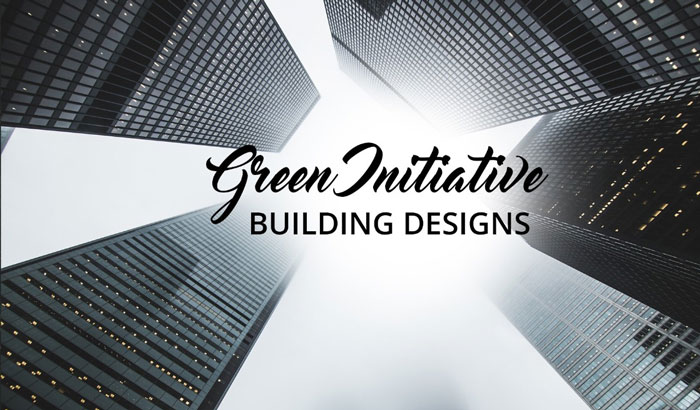
A popular trend these days with regards to building establishments is the use of certain solar panel systems in the Philippines which provide the user with renewable energy sources instead of the traditional types of power. If we thoroughly think about it, people have transpired in changing how they view the world today through the act of being eco-friendly in different ways. Architects and engineers have been creating Green initiative building designs in major structures in their country; get to know some of these innovative and life-changing buildings situated in the country of China.

Introduction
Dating back around 1970s, ecological green buildings existed already which aimed to come up with plans in order to become more independent from the use of fossil fuels and lead to the use of solar panels instead. These innovators then discovered a number of certification programs namely China’s 3 Star Standard, WELL, RESET, LEED, and then the Living Building Challenge. What about these green initiative buildings though?
China 3 Star Standard
The 3 Star Standard rates residential and public building in order to create themes like energy, indoor, and water savings, outdoor environment, and operations management to innovate the local green design industry. This is managed by their Ministry of Housing and Urban-Rural Development and certifications from China Green Label Office located at the Green Technology Centre to further guide them with the implementation of programs in China.
WELL
WELL focuses on occupant health and wellness of the public in China, which can be threatened with the environmental degradation that happens. It is a 3rd party certified company, but its performance mainly dwells on nourishment, fitness, comfort, mind, air, water, and light. They are rigorously conducting research on the medical aspect to further improve the livelihood of each individual in the country.
RESET
RESET mainly figures out the potentially hazardous air conditions which may lead to health issues, so they have utilized the use of the digital age by creating an app which monitors the health impact of indoor materials out there. The app checks the relative humidity, CO2 and temperature, PM 2.5, and the TVOC. Installing associated monitors is needed to use the app as it checks the parameter for dangerous levels in the current location of the user. Clearly, RESET is a great way of green building.
LEED
The foremost green building nowadays is the Leadership in Energy & Environmental Design or LEED. It is a 3rd party certification program that aims to become n energy-efficient and sustainable design using a point-based system. Certified, silver, platinum, and gold are the four tiers of classified recognition in LEED that are known to be well-researched, backed up, and can reduce both water and energy consumption by 40%. The main projects LEED is responsible for pertain to location, resources, water efficiency, environment, sustainable sites, indoor environmental quality, and regional priority credits.
However, some are still unsure whether LEED is the best approach there is in terms of designing landscape. A reason why may be due to its price then another is a blind-leader. Even so, LEED still aspires to do a one size that fits all kind of solution by optimizing different projects for the betterment of the environment.
Living Building Challenge
Last but not least is the Living Building Challenge (LBC) which started during the 1990s. They strive to reach net-zero energy and water consumption buildings. Due to its strict standard, only a few buildings were able to award LBC. In Shanghai, Glumac is a known sustainable design consulting agency for healthcare, educational, healthcare, and other institutional buildings which is highly sensitive to water and energy demand. LBC is continuously saving money and doing their best to create healthier lives for people.